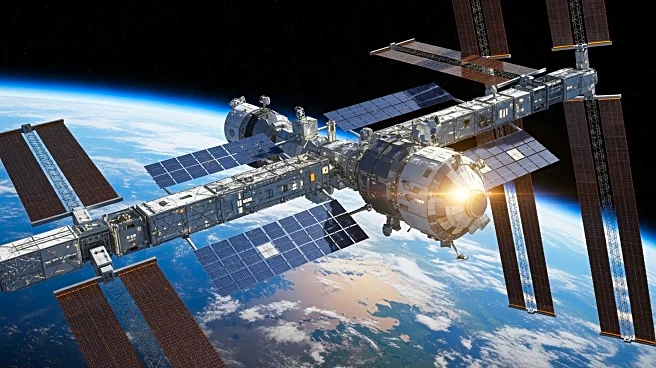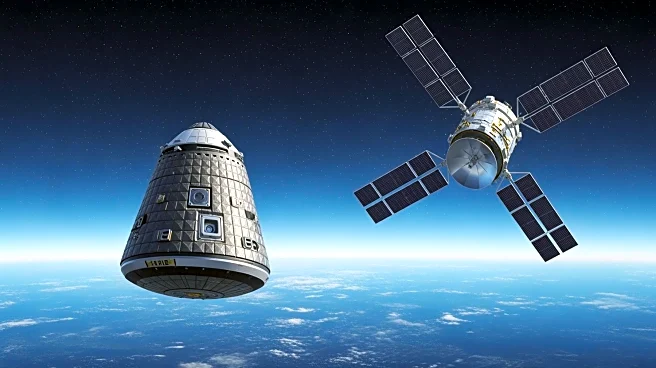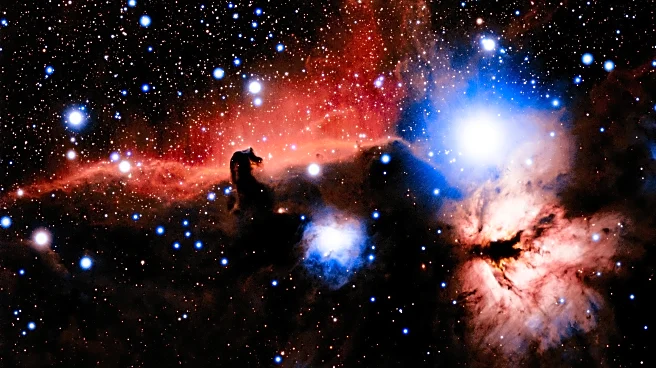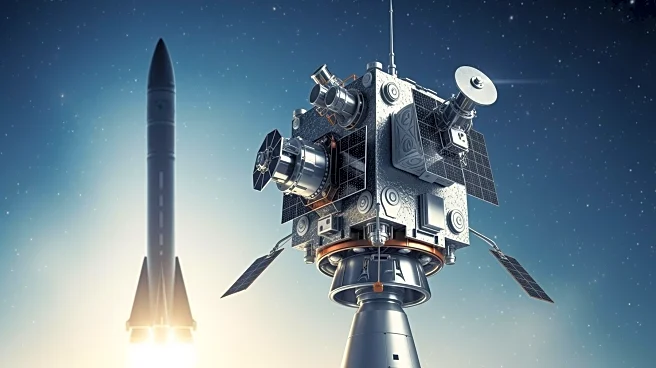What's Happening?
PBS is set to air a new two-part NOVA special titled 'Operation Space Station,' which will provide an in-depth look at the International Space Station's (ISS) 25 years of continuous human habitation. The
documentary, premiering on November 5, will feature personal stories from astronauts, engineers, and Mission Control insiders, detailing some of the most dramatic and life-threatening moments in the station's history. The first episode, 'High-Risk Build,' will focus on the engineering challenges of constructing the ISS in orbit, including a dangerous ammonia leak and the impact of the Space Shuttle Columbia disaster. The second episode, 'Science and Survival,' airing on November 12, will cover unexpected emergencies such as a near-drowning during a spacewalk and a software glitch that caused the station to spin uncontrollably.
Why It's Important?
The ISS has been a cornerstone of international cooperation in space exploration, hosting over 290 individuals from 26 countries since its launch in 1998. It serves as a unique microgravity laboratory, contributing significantly to human health, life support, and long-duration spaceflight research. These experiments are crucial for future missions, including NASA's Artemis missions to the Moon and potential voyages to Mars. The documentary not only celebrates the achievements of the ISS but also highlights the constant risks faced by astronauts, underscoring the importance of innovation and collaboration in averting disasters.
What's Next?
The ISS is scheduled to be decommissioned in 2030, with plans for a controlled deorbit into the South Pacific Ocean. This transition will pave the way for a new generation of commercial space stations, as NASA shifts from being an owner to a customer. The lessons learned from the ISS will continue to inform future space exploration endeavors, ensuring that the legacy of the ISS endures beyond its operational life.
Beyond the Headlines
The documentary also touches on the ethical and cultural dimensions of space exploration, emphasizing the courage and dedication required to maintain human presence in space. It serves as a reminder of the potential for disaster and the resilience needed to overcome challenges, offering a compelling narrative of human ingenuity and perseverance.












